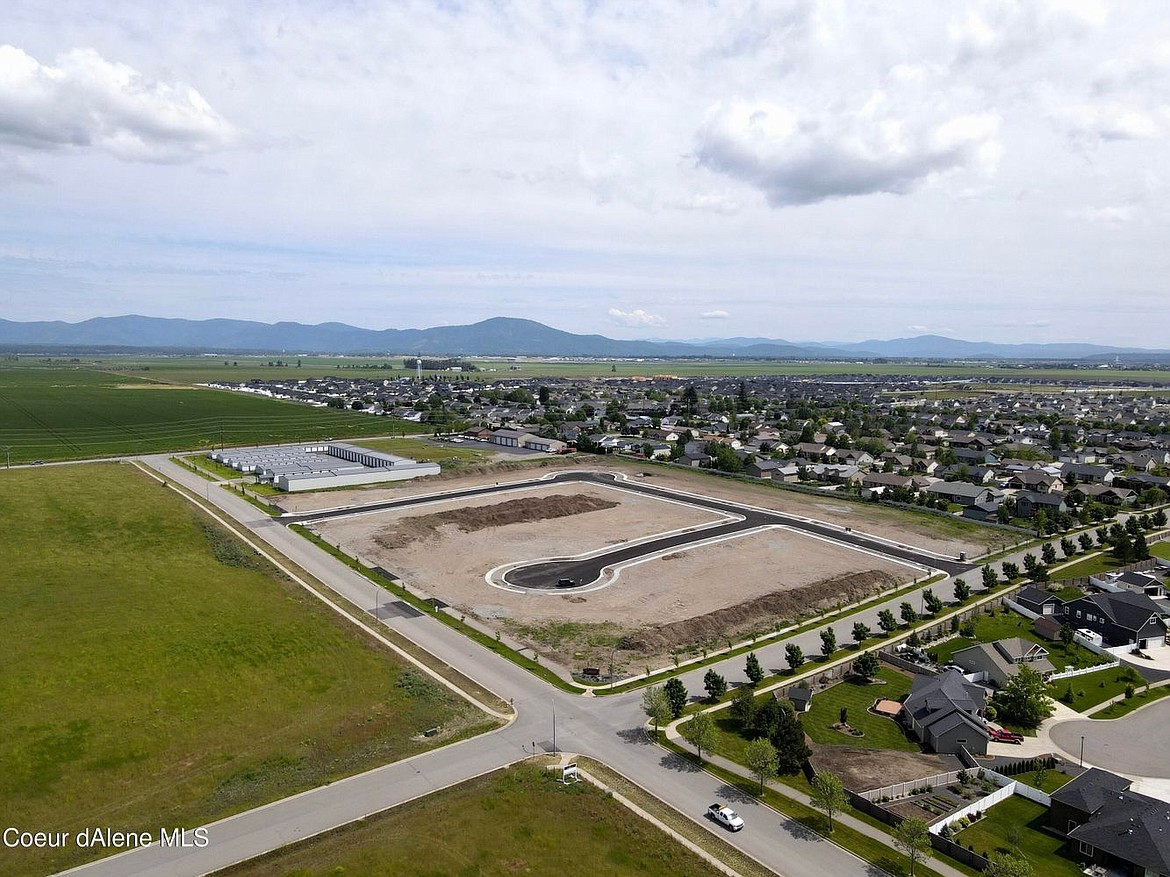Keeping pace with growth
For decades, steadily growing student populations have driven an ongoing need for Kootenai County school districts to acquire land, build schools and hire more teachers for new classrooms.
However, a drastically changing economy is exacerbating those challenges for local school districts.
Kootenai County has seen some of the highest population growth of any county in the U.S. over the past decade. This population growth coupled with a low supply of affordable housing has led area realty prices to soar.
For home sellers and investors, rising real estate prices are cause for celebration, but for renters, businesses and school districts needing space to build new facilities, high realty prices pose a real problem.
“No one‘s just giving away land,” said Scott Maben, director of communications for the Coeur d’Alene school district.
Acquiring land has become far more cost-intensive for the school district, but building new schools isn’t optional.
“This year we've seen more growth in the secondary schools,” said Jeff Voeller, the Coeur d’Alene district’s director of operations. "That's why a new middle school is so critical for us because we will continue to see them busting at the seams."
According to Voeller, it would cost millions of dollars to buy enough land for a single school in the current market.
But even before a school can be built, a lot of costly preparation takes place. Engineering, site prep, sewer, water, and power can cost “hundreds of thousands if not more,” according to Maben.
And those costs are only the beginning. The big ticket item is the school building itself.
“A middle school is probably going to be $35 to $40 million,” Voeller said.
Another significant factor restricting the development of new schools today is a lack of teachers and staff.
With housing prices being as high as they are in Coeur d’Alene, it's becoming increasingly difficult for those on a teacher’s salary to move into the area.
Housing prices have dramatically increased over the past five years. According to a housing availability and affordability study completed in December 2021 by researchers at the University of Idaho, 44% of Kootenai County employers had hiring difficulties due to a lack of affordable housing.
In 2016, three out of four households in the county would have been able to afford a median-priced home. Now less than one out of four households can afford the same home.
According to the University of Idaho study, current rent and mortgages in Kootenai County are over $1,500 per month on average. With a monthly housing cost of $1,500, a new teacher would need to make over $60,000 a year to be able to afford to rent or own an average-priced home in Kootenai County. The average teacher salary in 2020 in Coeur d'Alene, according to IdahoEDNews.org, was $56,943.
Increasing costs associated with expansion, population growth, the economic climate and a shortage of teachers aren’t the only obstacles for school districts in need of new buildings.
Finding funding to build a new school is difficult in Idaho.
“The bar is high,” said Voeller. “That’s where the challenge comes in.”
Where many states provide some supplemental funding for the construction of new schools, Idaho provides exactly none.
Without funding from the state, virtually all the funds necessary to build a school come from local, voter-approved property tax measures. However, in Idaho, the requirement to pass a bond is a 66.67% supermajority, the highest threshold in the country.
To solve school funding problems, many measures have been proposed. However, most proposals require state laws to be changed, another significant obstacle.
In 2021, a resolution was passed at an Idaho School Boards Association meeting that calls for schools to be allowed to collect impact fees from developers to assist in the process of building new schools. This resolution has yet to be taken up for consideration by the Idaho Legislature.
“It needs to be a tool that’s available,” said Voeller in regard to impact fees.
One development company has stepped up to help the school district in which it is building new homes.
Corsa Development Group, a land development company in Post Falls, recently donated $16,500 to the Lakeland Joint School District to help offset some of the burden that the new homes in their 33-lot, Rathdrum subdivision may have on the school district. The donation equates to $500 per lot.
During the city of Rathdrum's planning and zoning process for Grace Meadows in 2021, Lakeland School District officials spoke up about the effect community growth is having on the education system.
"In regard to the Grace Meadows Subdivision Development...our district is very concerned with the impact that new development is having on our most crowded elementary schools and our very aged junior high school," said a letter submitted to the city and signed by then superintendent Becky Meyer and Chief Finance/Operations Officer Brian Wallace.
Without impact fees or developers providing land for schools, it is difficult for the school district to keep up with the growth, they wrote.
The Grace Meadows subdivision is near the intersection of Nagle Road and Thayer Street. Students living there will be in the Betty Kiefer Elementary, Lakeland Junior High and Lakeland High attendance zone.
While other developers have donated land to the school district, Corsa Development is the first developer to donate a dollar amount.
The developer for another subdivision, Lakeland Landings, which was approved by the city of Rathdrum in February, has agreed to make a similar payment to the school district.
The Corsa money for Grace Meadows was presented during the Lakeland Joint School District’s last monthly board meeting.
“I pray you’re leading the way for others to follow,” said board chair Michelle Thompson. “Thank you.”

